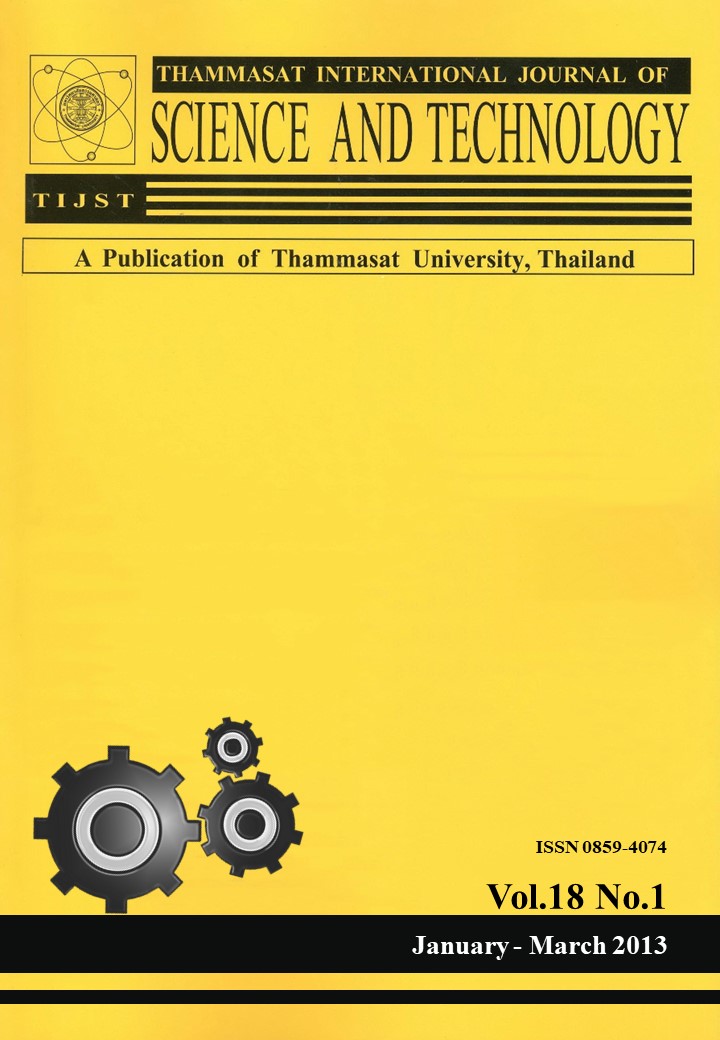Image Processing Techniques for Glaucoma Detection Using the Cup-to-Disc Ratio
Main Article Content
บทคัดย่อ
Glaucoma is the second leading cause of permanent blindness worldwide. Early detection of glaucoma can limit the disease progression. The ratio of the size of the optic cup to the optic disc, also known as the cup-to-disc ratio (CDR), is one of the important clinical indicators of glaucoma, and is currently determined manually by trained ophthalmologists, limiting its potential in mass screening for early detection. In this paper, the authors propose a method to calculate the CDR automatically from nonstereographic retinal fundus photographs taken from a NIDEK AFC-230, which is a non-mydriatic auto fundus camera. To automatically extract the disc, two methods making use of an edge detection method and variational level-set method are proposed in the paper. For the cup, color component analysis and threshold level-set method are evaluated. To reshape the obtained disc and cup boundary from our methods, ellipse fitting is applied to the obtained image. A set of 44 retinal images obtained from Mettapracharak Hospital, Nakhon Pathom Thailand is used to assess the performance of the determined CDR to the clinical CDR, and it is found that our proposed method provides 89% accuracy in the determined CDR results.


